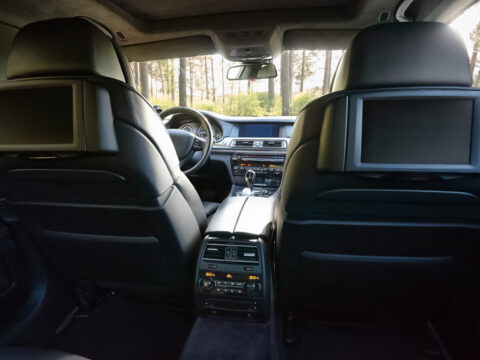Sailboats have been at the heart of maritime innovation, shaping the course of exploration, trade, and warfare for centuries. These vessels carried explorers across uncharted waters, facilitated global commerce, and helped nations project their naval power. The evolution of sailboats has been marked by groundbreaking designs that pushed the limits of speed, endurance, and efficiency, leaving a lasting legacy in both competitive sailing and naval history.
From legendary clipper ships that raced against time to modern yachts designed for extreme endurance, these vessels revolutionized sailing in their own distinct ways. They set records, introduced innovative technologies, and even changed the cultural landscape by making sailing more accessible to enthusiasts. Their impact continues to be felt, influencing modern ship design and inspiring generations of sailors.
Contents
Clipper Ships

Clipper ships dominated global trade routes in the mid-19th century, known for their speed and elegance. With sleek, narrow hulls and towering masts, these ships could outrun almost anything on the water. They played a crucial role in the tea and wool trades between Britain, China, and Australia, significantly shortening delivery times. Their ability to harness wind power so effectively set new standards for ocean-going vessels, influencing ship design for decades. Clippers also showcased the peak of sail-powered transport before the age of steam, marking a turning point in naval history.
Volvo Ocean Race Yachts
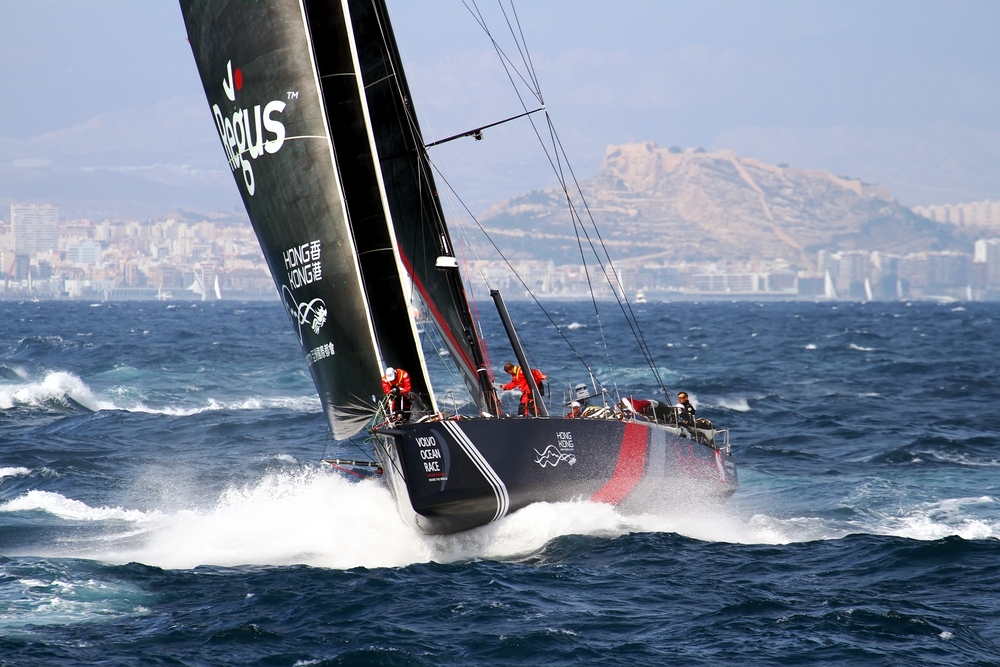
Volvo Ocean Race Yachts are the epitome of endurance and cutting-edge technology in modern sailing. Competing in one of the toughest round-the-world races, these yachts are engineered to withstand the harshest sea conditions while maintaining exceptional speed. Innovations like carbon fiber construction and advanced navigation systems have made these vessels not just fast but also resilient against extreme weather. The race itself pushes the boundaries of human and machine capabilities, and these yachts symbolize the pursuit of maritime excellence in the modern era.
J Class Yachts
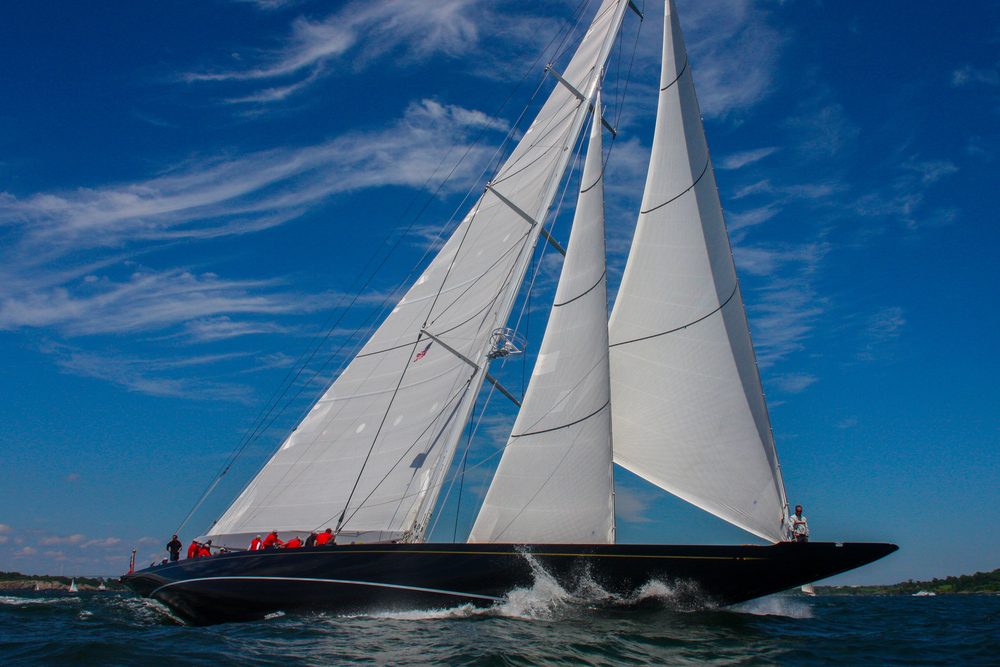
J Class yachts were created for the prestigious America’s Cup during the early 20th century and remain iconic for their beauty, speed, and craftsmanship. Their long, sleek lines, immense sails, and intricate rigging made them the fastest racing yachts of their time. They also introduced innovative design techniques, such as displacement hulls and advanced keel shapes, which influenced the future of competitive sailing. Today, J Class yachts continue to be celebrated for their elegance and their role in transforming yacht racing into a global sport.
Cutty Sark
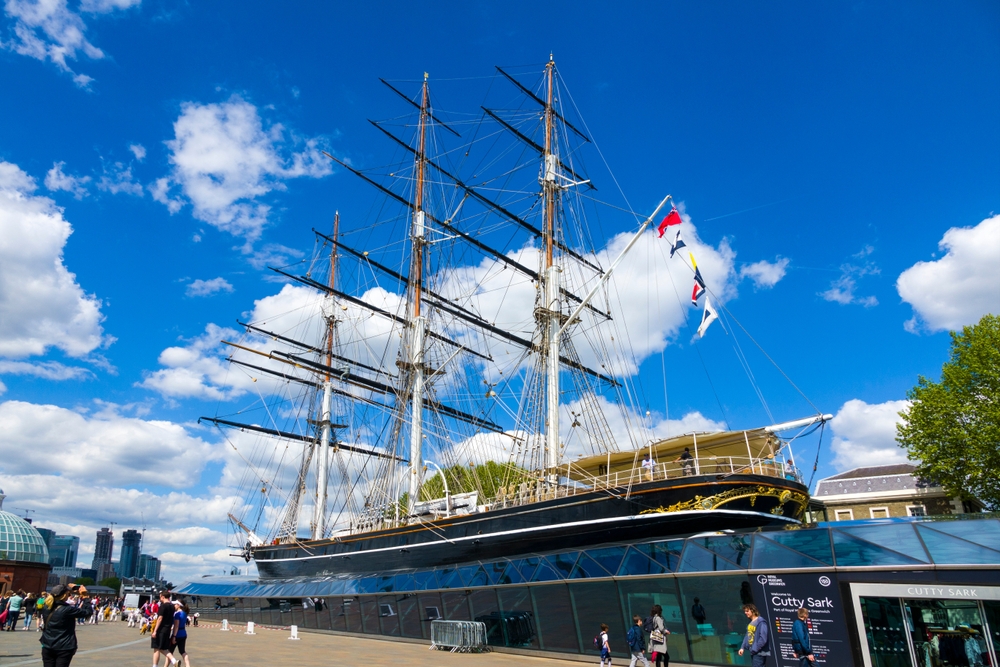
The Cutty Sark, one of the last and fastest tea clippers, made a name for itself in the late 19th century for its remarkable speed and efficiency. It set multiple records, particularly during the tea trade between China and London, with its sharp lines and large sail area giving it an edge over competitors. The ship survived the transition to steam and remains one of the few surviving clipper ships. Now a museum, Cutty Sark stands as a testament to the glory days of wind-powered global commerce and naval ingenuity.
Hobie Cat
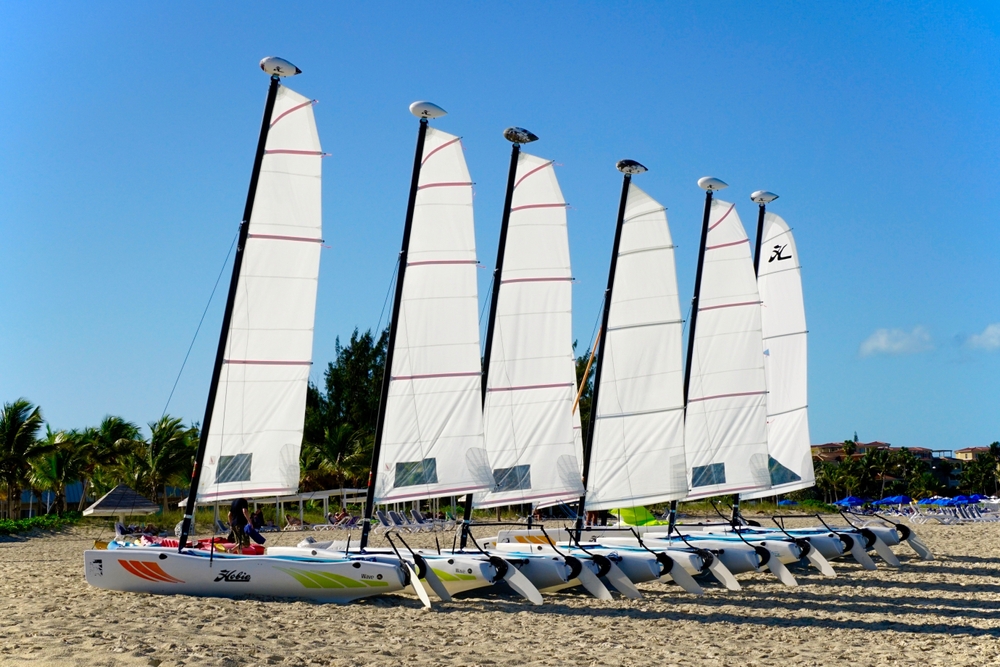
The Hobie Cat revolutionized recreational sailing with its lightweight design, making sailing more accessible to enthusiasts around the world. Introduced in the 1960s, this catamaran design quickly became a favorite for beach sailing due to its simplicity and performance. The twin-hull design allows for high speed with little effort, and its ability to be launched from almost any shoreline made it perfect for weekend sailors. The Hobie Cat’s contribution lies in democratizing the sport, bringing high-performance sailing to the masses in a fun and affordable way.
Flying Cloud
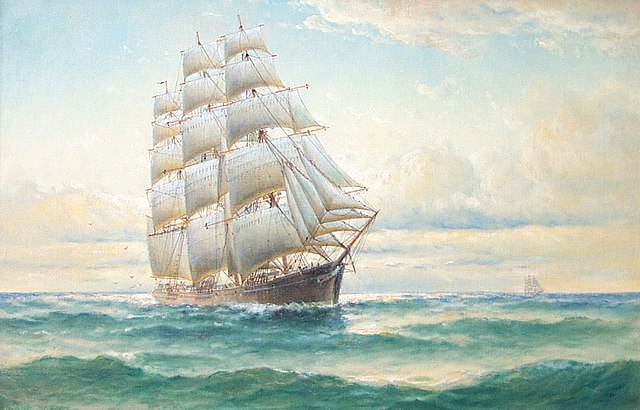
The Flying Cloud was a record-breaking American clipper ship known for setting a speed record from New York to San Francisco in just 89 days in 1851, a record that stood for over a century. Designed by renowned naval architect Donald McKay, it combined innovative design with superior construction, allowing it to cut through waves with unprecedented speed. Its speed and durability during the California Gold Rush made it one of the most celebrated vessels of the era, showcasing American ingenuity and the competitive spirit of global trade routes.
America (Schooner)
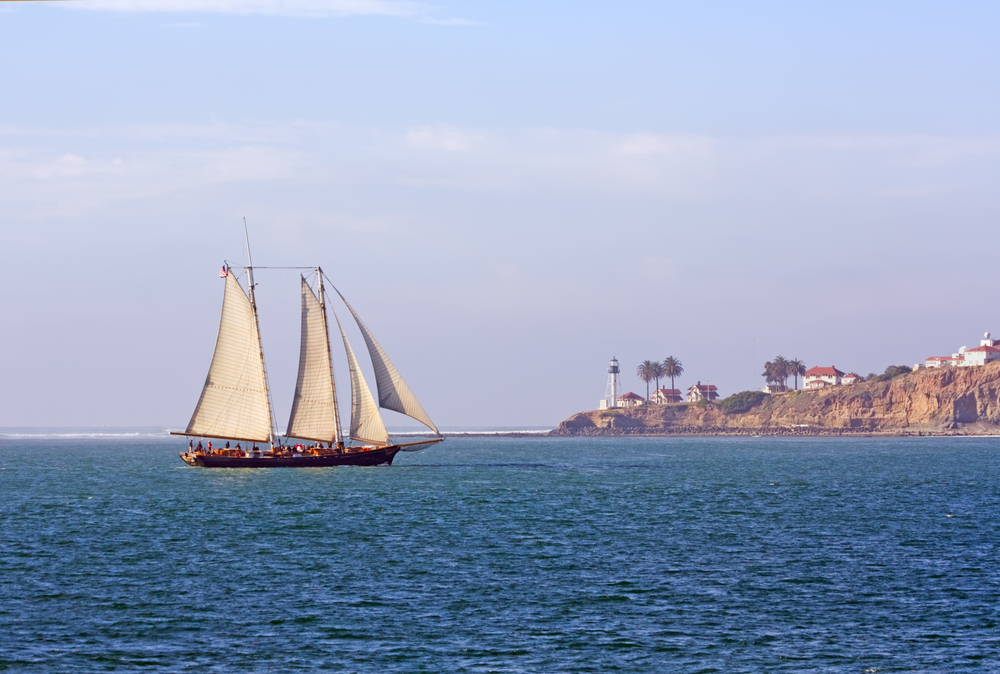
The schooner America made maritime history when it won the inaugural America’s Cup in 1851, defeating the best British yachts in a stunning upset. Its innovative design, including a sharp bow and deep keel, helped it glide faster through the water, setting a new standard for yacht racing. The America is the namesake of the prestigious America’s Cup, a trophy that continues to be one of the most coveted in competitive sailing. The schooner’s legacy endures, shaping the future of yacht design and inspiring generations of sailors.
USS Constitution
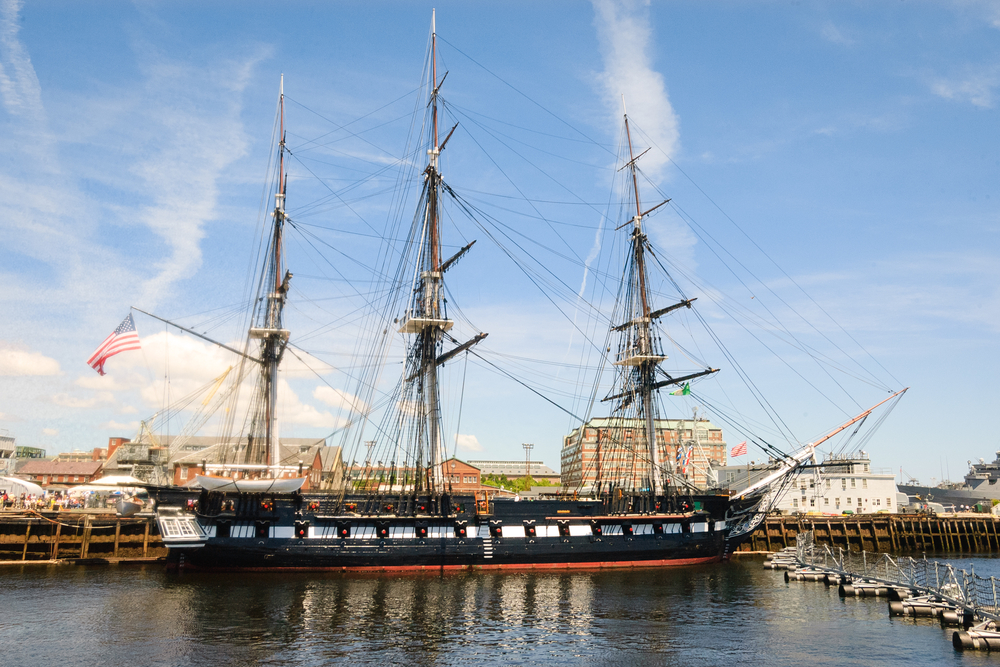
Launched in 1797, the USS Constitution, also known as “Old Ironsides,” is one of the most famous warships in American history. Built for the U.S. Navy, this heavy frigate outclassed its contemporaries with its combination of speed, firepower, and durability. Its construction from dense live oak made it nearly impervious to cannon fire, earning it its nickname. The USS Constitution played a crucial role in the War of 1812, securing America’s naval dominance. It remains the world’s oldest commissioned naval vessel still afloat, a symbol of naval craftsmanship and military prowess.
Vasa
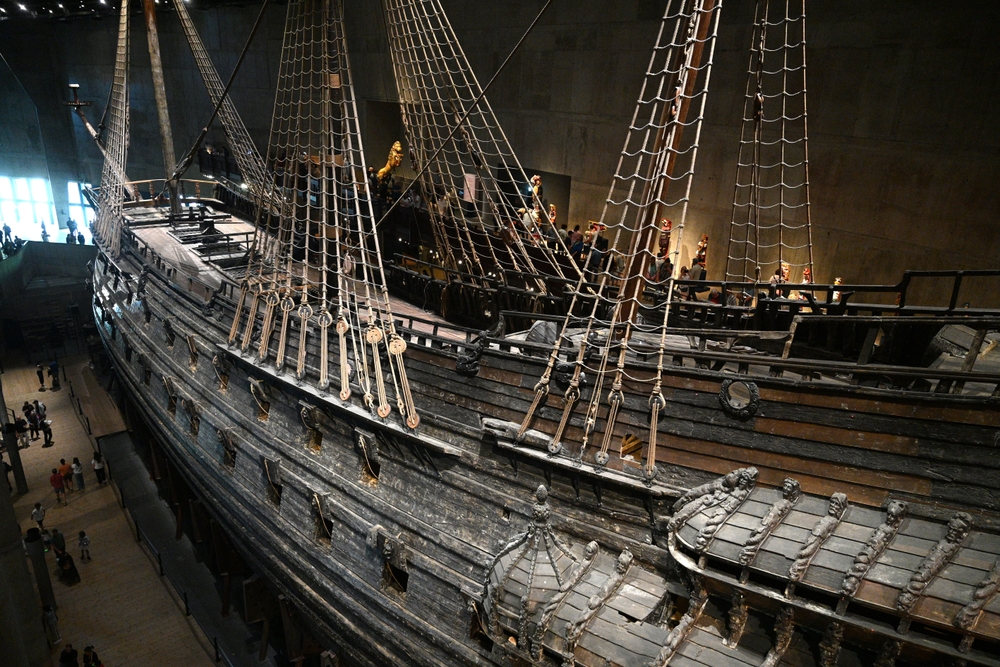
The Vasa, a Swedish warship built in the 17th century, is known more for its dramatic failure than its success. It sank on its maiden voyage in 1628, but its preservation and later recovery in the 20th century offered unprecedented insights into naval architecture and shipbuilding of the era. The Vasa’s intricate carvings, impressive size, and top-heavy design made it a marvel, though an ill-fated one. Its historical importance lies in its influence on future naval engineering and its role as one of the best-preserved artifacts of early European shipbuilding.
Sydney-Hobart Yachts
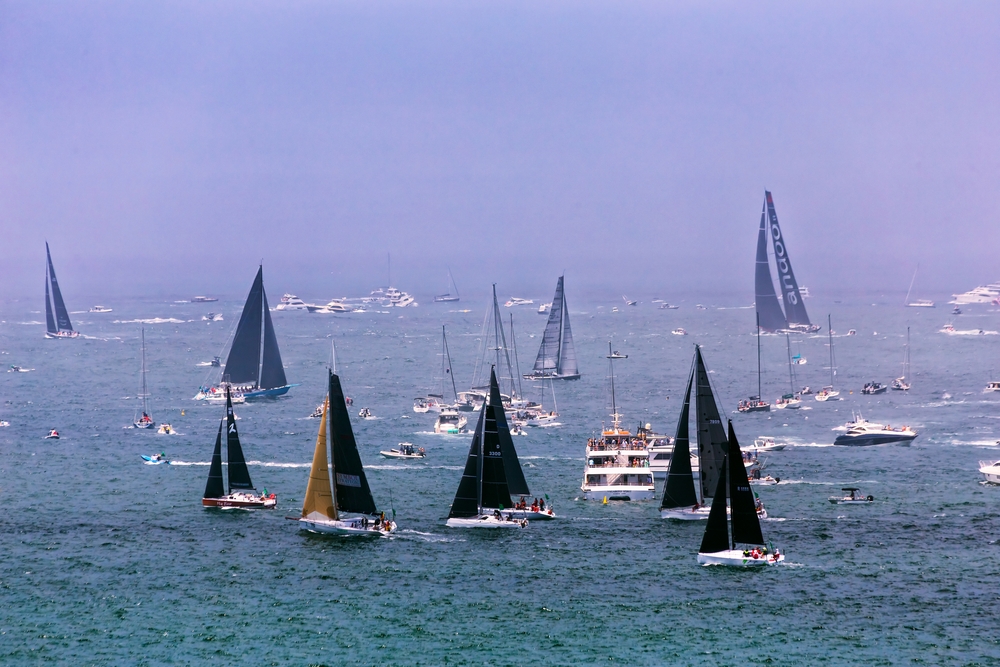
The Sydney-Hobart race is one of the toughest and most prestigious yacht races in the world, and the yachts that compete in this annual event are built for extreme endurance. These high-performance ocean racers have to tackle the rough waters of the Southern Ocean, making them a proving ground for innovative materials, engineering, and crew expertise. Yachts like Wild Oats XI have set numerous records in this race, demonstrating the continuous evolution of yacht design, from improved hydrodynamics to advanced sail technology.
This article originally appeared on MyCarMakesNoise.
More from MyCarMakesNoise
10 Classic RVs That Are Making a Comeback

Classic RVs are more than just vehicles; they are symbols of a lifestyle that embraces freedom, adventure, and a touch of nostalgia. As the desire for simpler, more meaningful travel experiences grows, many iconic RVs are finding new life on the road. Read More.
13 Least Reliable Cars on the Market

When it comes to choosing a vehicle, reliability is often at the top of the list for most buyers. A car that consistently performs well without frequent visits to the repair shop is what everyone hopes for. Read More.
13 Pickup Trucks Designed for Heavy-Duty Work and Play

When it comes to pickup trucks, versatility is key. Whether you need a reliable workhorse to tackle heavy-duty jobs or a capable vehicle for weekend adventures, today’s trucks are designed to do it all. Read More.




